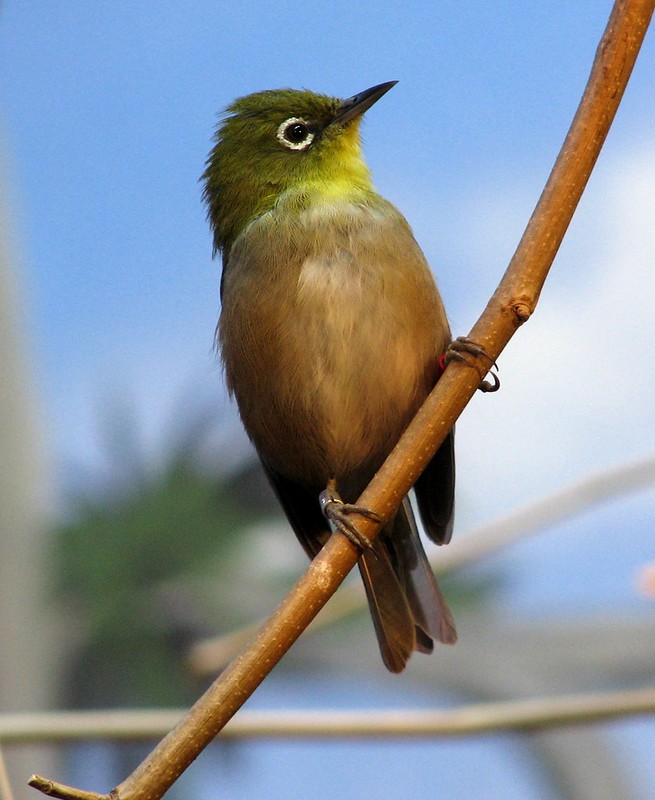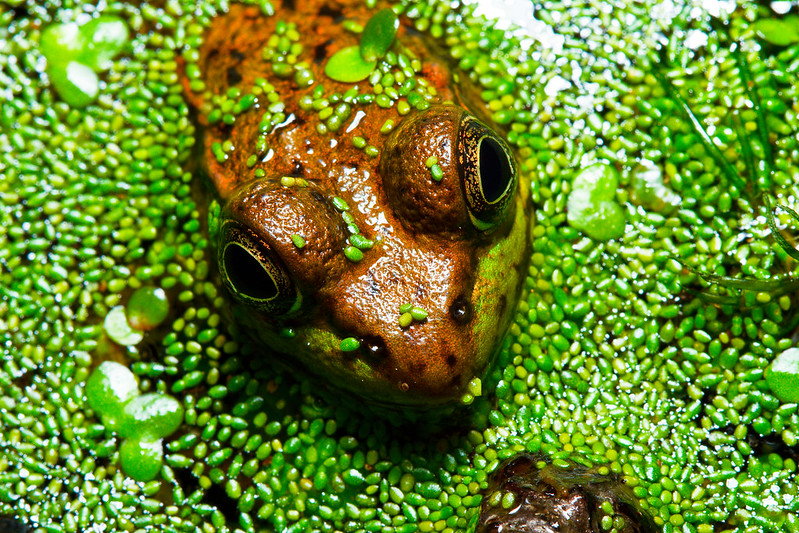
Behold the Japanese white-eye, considered an invasive species in its new home in Hawaii. Yet the bird does something that conservation biologists might considered useful for sustaining ecosystems: it spreads the seeds of native Hawaiian plants. Get rid of the Japanese white-eye, and you get rid of its service.
